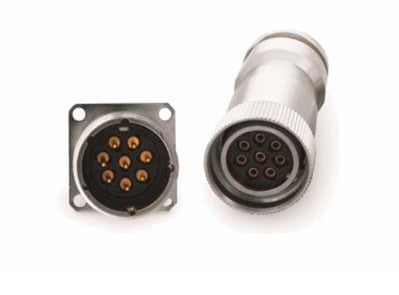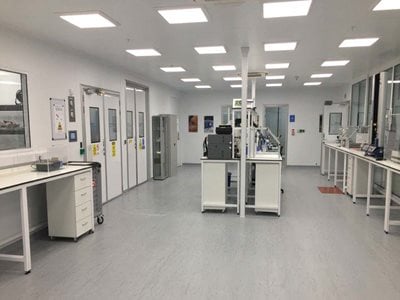- Full crimp design of center and outer shield
- Extended crimp barrel for added strain relief for tight bend radiau applications
- Extremely low VSWR 1.15:1 up to 18 GHz
- Moisture resistant sealing. IP 67 compliant in mated pair condition
- Available in a wide variety of MIL-STD-348 RF connector interfaces
Smiths Interconnect offers a complete series of high frequency low loss coaxial RF connector products with Type "N", "TNC" & "SMA" & 2.4 mm interfaces. The low loss RF Coaxial Connector product offering includes High Frequency (DC - 18 GHz) standard RF connector interfaces for a series of low loss RF cables such as LL 120, LL 142, & LL 393 type cable series. This expands Smiths Interconnect's current RF product series of multi-pin low loss coaxial interconnects offered in a variety of formats and insert arrangement for MIL-DTL-38999, ARINC 600, D-Sub and Micro-D connector format and fit a wide range of low-loss cables.







